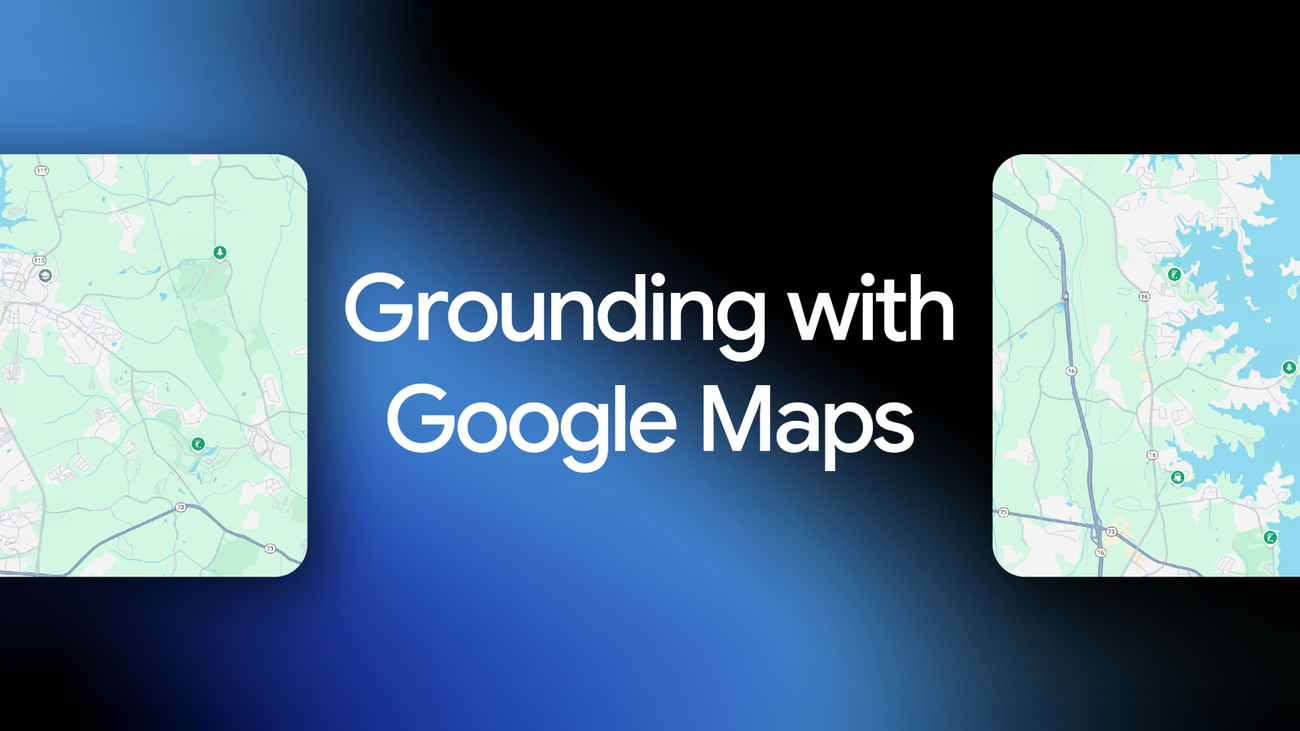Improve model responses with grounding data
Developers can use Grounding with Google Maps to create more intuitive and helpful experiences across travel, real estate, retail and logistics. The model automatically detects when a query has geographical context and uses Google Maps data to provide a grounded response. Google Maps uses data from places, and other related content like user reviews, as sources to help generate the response. You can provide latitude and longitude coordinates to localize search results to specific geographic locations.
Here are a few ways you can use this:
Detailed itinerary planning: Go beyond a simple list of places. A travel app can now generate a full day’s plan, complete with distance, travel time and local details. A user could ask, “Plan a day in San Francisco for me. I want to see the Golden Gate Bridge, visit a museum and have a nice dinner,” and receive a complete, workable itinerary that includes up-to-date business and holiday hours.Hyper-local personalized recommendations: Offer tailored recommendations based on your user’s preferences and the location you designate. A real estate app could help a family find rental listings in kid-friendly neighborhoods by identifying nearby playgrounds, schools and parks.Local place-based answers: Answer detailed questions about a specific location by pulling insights derived from sources like user reviews and other Maps data. A query like, “Does the cafe on the corner of 1st and Main have outdoor seating?” can now receive a Maps grounded answer.Combine Grounding for Maps and Search
For the most powerful and contextually aware applications, you can enable both Grounding with Google Maps and Grounding with Google Search in the same request.
Google Maps provides grounding with structured, factual data like addresses, hours and user ratings.Google Search provides descriptive, timely context from across the web, like event schedules, news and articles.
For example, when asked about “live music on Beale Street”, combining tools allows the model to use Maps data for a venue’s operating hours and Search data to find the specific start times for evening shows. Internal evaluations show that using both tools together results in a significant improvement in response quality compared to using either alone.
Start building today
Grounding with Google Maps is generally available now. The tool is supported by our latest models, giving you the flexibility to choose the right balance of performance and cost for your application (see tool pricing).
You can start building with Grounding on Google Maps today: Check out the documentation to learn more or remix the demo app in Google AI Studio. You can also explore Grounding with Google Search and Maps in the Gemini API Cookbook.

